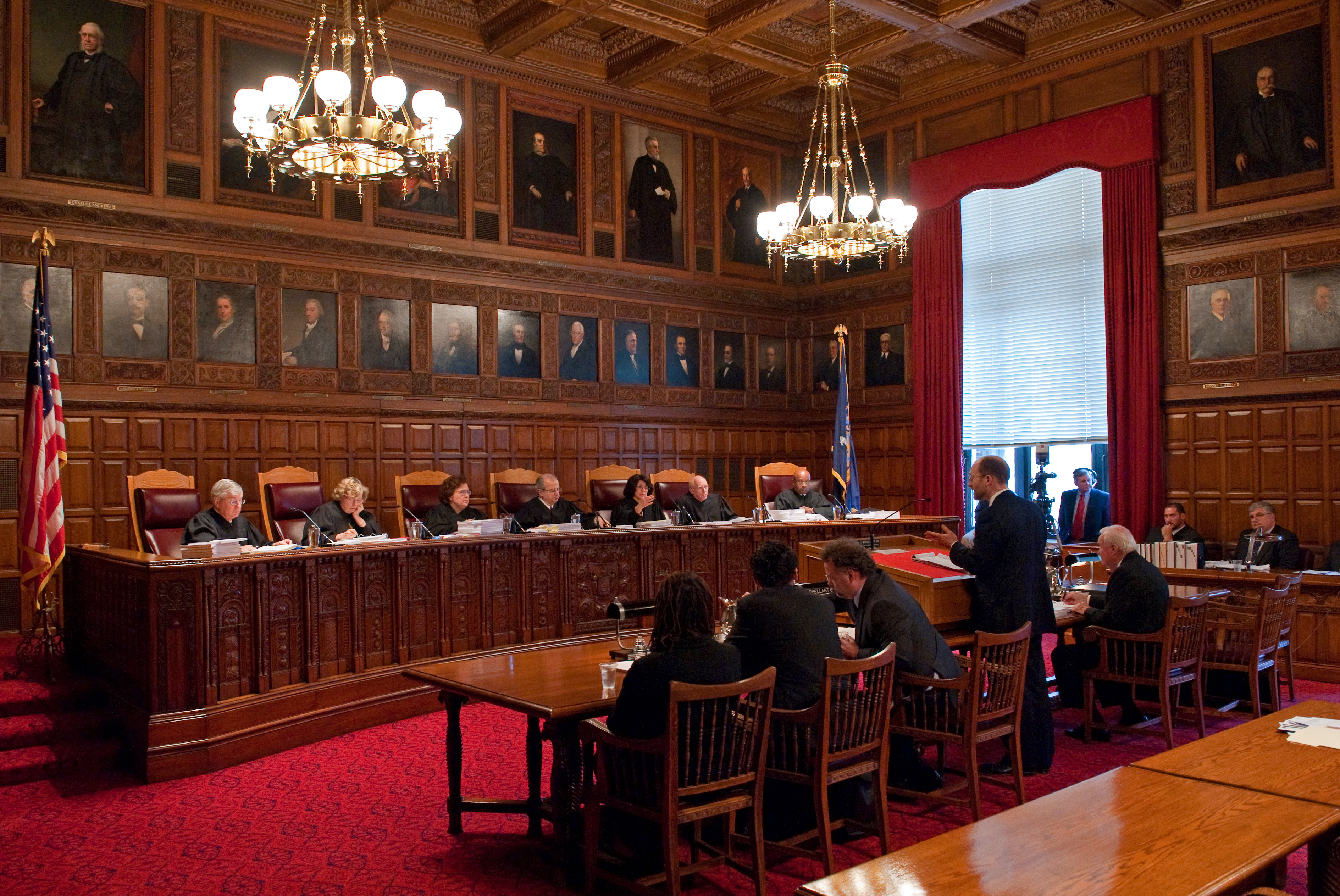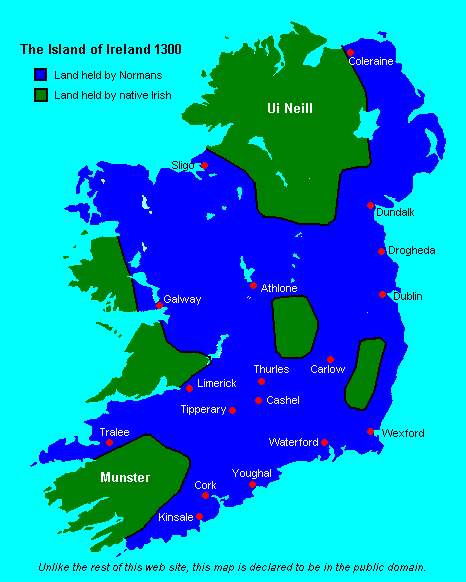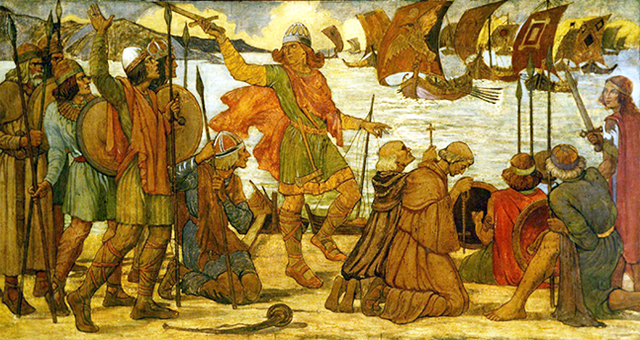|
Francis Sarsfield
Francis Sarsfield was an Irish lawyer and landowner of the seventeenth century. He was one of the Sarsfields of The Pale, an Old English family who had long been settled in Ireland. He was the cousin of the soldier Patrick Sarsfield, and represented him during a lengthy ownership dispute over property including that of Lucan Manor in County Dublin. To finance his legal fees, Patrick sold Francis several of his other properties. After Patrick was attainted by the Williamite Irish Parliament after serving in the Jacobite Irish Army, Francis successfully pointed out that several of the properties listed in fact belonged to him.D'Alton p.138 References Bibliography * D'Alton, John. ''King James's Irish Army List''. * Wauchope, Piers. ''Patrick Sarsfield and the Williamite War''. Irish Academic Press, 1992. 17th-century Irish lawyers Francis Francis may refer to: People *Pope Francis, the head of the Catholic Church and sovereign of the Vatican City State and Bishop of Rome ... [...More Info...] [...Related Items...] OR: [Wikipedia] [Google] [Baidu] |
Lawyer
A lawyer is a person who practices law. The role of a lawyer varies greatly across different legal jurisdictions. A lawyer can be classified as an advocate, attorney, barrister, canon lawyer, civil law notary, counsel, counselor, solicitor, legal executive, or public servant — with each role having different functions and privileges. Working as a lawyer generally involves the practical application of abstract legal theories and knowledge to solve specific problems. Some lawyers also work primarily in advancing the interests of the law and legal profession. Terminology Different legal jurisdictions have different requirements in the determination of who is recognized as being a lawyer. As a result, the meaning of the term "lawyer" may vary from place to place. Some jurisdictions have two types of lawyers, barrister and solicitors, while others fuse the two. A barrister (also known as an advocate or counselor in some jurisdictions) is a lawyer who typically special ... [...More Info...] [...Related Items...] OR: [Wikipedia] [Google] [Baidu] |
The Pale
The Pale ( Irish: ''An Pháil'') or the English Pale (' or ') was the part of Ireland directly under the control of the English government in the Late Middle Ages. It had been reduced by the late 15th century to an area along the east coast stretching from Dalkey, south of Dublin, to the garrison town of Dundalk. The inland boundary went to Naas and Leixlip around the Earldom of Kildare, towards Trim and north towards Kells. In this district, many townlands have English or French names, the latter associated with Norman influence in England. Etymology The word ''pale'', meaning a fence, is derived from the Latin word ', meaning "stake", specifically a stake used to support a fence. A paling fence is made of pales ganged side by side, and the word '' palisade'' is derived from the same root. From this came the figurative meaning of "boundary". The Oxford English Dictionary is dubious about the popular notion that the phrase '' beyond the pale'', as something outside the b ... [...More Info...] [...Related Items...] OR: [Wikipedia] [Google] [Baidu] |
Old English (Ireland)
From the 12th century onwards, a group of Normans invaded and settled in Gaelic Ireland. These settlers later became known as Norman Irish or Hiberno-Normans. They originated mainly among Cambro-Norman families in Wales and Anglo-Normans from England, who were loyal to the Kingdom of England, and the English state supported their claims to territory in the various realms then comprising Ireland. During the High Middle Ages and Late Middle Ages the Hiberno-Normans constituted a feudal aristocracy and merchant oligarchy, known as the Lordship of Ireland. In Ireland, the Normans were also closely associated with the Gregorian Reform of the Catholic Church in Ireland. Over time the descendants of the 12th-century Norman settlers spread throughout Ireland and around the world, as part of the Irish diaspora; they ceased, in most cases, to identify as Norman, Cambro-Norman or Anglo-Norman. The dominance of the Norman Irish declined during the 16th century, after a new English ... [...More Info...] [...Related Items...] OR: [Wikipedia] [Google] [Baidu] |
Patrick Sarsfield
Patrick Sarsfield, 1st Earl of Lucan, ga, Pádraig Sáirseál, circa 1655 to 21 August 1693, was an Irish soldier, and leading figure in the Jacobite army during the 1689 to 1691 Williamite War in Ireland. Born into a wealthy Catholic family, Sarsfield joined a regiment recruited by James Scott, Duke of Monmouth for the 1672 to 1674 Third Anglo-Dutch War, a subsidiary of the Franco-Dutch War. After England made peace, his regiment served in the French Rhineland campaign, and when the war ended in 1678, he returned to England. Following the so-called Popish Plot, Catholics were barred from the English military, and for the next few years Sarsfield led a precarious life on the fringes of London society. When the Catholic James II came to the throne in 1685, Sarsfield served as a volunteer during Monmouth's Rebellion, and was commissioned into the Royal Army. A colonel by the time of the Glorious Revolution in November 1688, he remained loyal to James and followed him into ... [...More Info...] [...Related Items...] OR: [Wikipedia] [Google] [Baidu] |
Lucan Manor
Lucan Manor is a Georgian-Palladian house and estate in Lucan, County Dublin. A manor house, it is remembered particularly for its association with the Sarsfield family. A castle or house has been recorded on the site since at least the 12th century. History Lucan manor is mentioned on the pipe roll as far back as 1272 when it was granted to Norman lords on the conquest of Ireland. The Sarsfield family first acquired Lucan when it was bought in 1566 by the Tudor era figure Sir William Sarsfield who passed it on to his younger son. The Manor remained in the hands of the Sarsfields until the Cromwellian conquest of Ireland when they were dispossessed of it due to Patrick Sarsfield's role in the Irish Rebellion of 1641. It was then awarded to the Irish soldier Sir Theophilus Jones. After the Irish Restoration in 1660, the Sarsfields attempted to recover the estate. Despite their appeals being rejected in court, they were eventually able to secure its return following the ... [...More Info...] [...Related Items...] OR: [Wikipedia] [Google] [Baidu] |
County Dublin
"Action to match our speech" , image_map = Island_of_Ireland_location_map_Dublin.svg , map_alt = map showing County Dublin as a small area of darker green on the east coast within the lighter green background of the Republic of Ireland, with Northern Ireland in pink , map_caption = County Dublin shown darker on the green of the Ireland, with Northern Ireland in pink , subdivision_type = Country , subdivision_name = Ireland , subdivision_type2 = Province , subdivision_name2 = Leinster , subdivision_type3 = Region , subdivision_name3 = Eastern and Midland , leader_title2 = Dáil constituencies , leader_name2 = , leader_title3 = EP constituency , leader_name3 = Dublin , seat_type = County town , seat = Dublin , area_total_km2 = 922 , area_rank = 30th , population_as_o ... [...More Info...] [...Related Items...] OR: [Wikipedia] [Google] [Baidu] |
Attainted
In English criminal law, attainder or attinctura was the metaphorical "stain" or "corruption of blood" which arose from being condemned for a serious capital crime (felony or treason). It entailed losing not only one's life, property and hereditary titles, but typically also the right to pass them on to one's heirs. Both men and women condemned of capital crimes could be attainted. Attainder by confession resulted from a guilty plea at the bar before judges or before the coroner in sanctuary. Attainder by verdict resulted from conviction by jury. Attainder by process resulted from a legislative act outlawing a fugitive. The last form is obsolete in England (and prohibited in the United States), and the other forms have been abolished. Middle Ages and Renaissance Medieval and Renaissance English monarchs used acts of attainder to deprive nobles of their lands and often their lives. Once attainted, the descendants of the noble could no longer inherit his lands or income. Atta ... [...More Info...] [...Related Items...] OR: [Wikipedia] [Google] [Baidu] |
Williamite
A Williamite was a follower of King William III of England (r. 1689–1702) who deposed King James II and VII in the Glorious Revolution. William, the Stadtholder of the Dutch Republic, replaced James with the support of English Whigs. One of William's aims was to ensure England's entry into his League of Augsburg against France in the Nine Years' War. For Williamites in England, Scotland and Ireland, William was seen as the guarantor of civil and religious liberty and the Protestant monarchy against Catholic absolutism. The term "Williamite" is also commonly used to refer to William's multi-national army in Ireland during the Williamite War in Ireland, 1689–1691. In Ireland itself, William was primarily supported by Protestants and opposed by the native and Anglo-Irish Catholic Jacobites who supported James. Once James II had come to the throne in 1685, he had his viceroy Richard Talbot, Earl of Tyrconnell replace Protestants with Catholics in the government. The Ro ... [...More Info...] [...Related Items...] OR: [Wikipedia] [Google] [Baidu] |
Parliament Of Ireland
The Parliament of Ireland ( ga, Parlaimint na hÉireann) was the legislature of the Lordship of Ireland, and later the Kingdom of Ireland, from 1297 until 1800. It was modelled on the Parliament of England and from 1537 comprised two chambers: the House of Commons and the House of Lords. The Lords were members of the Irish peerage (’ lords temporal’) and bishops (’lords spiritual’; after the Reformation, Church of Ireland bishops). The Commons was directly elected, albeit on a very restricted franchise. Parliaments met at various places in Leinster and Munster, but latterly always in Dublin: in Christ Church Cathedral (15th century),Richardson 1943 p.451 Dublin Castle (to 1649), Chichester House (1661–1727), the Blue Coat School (1729–31), and finally a purpose-built Parliament House on College Green. The main purpose of parliament was to approve taxes that were then levied by and for the Dublin Castle administration. Those who would pay the bulk of taxa ... [...More Info...] [...Related Items...] OR: [Wikipedia] [Google] [Baidu] |
Jacobitism
, war = , image = Prince James Francis Edward Stuart by Louis Gabriel Blanchet.jpg , image_size = 150px , caption = James Francis Edward Stuart, Jacobite claimant between 1701 and 1766 , active = 1688–1780s , ideology = * Legitimist support for the senior line of the Stuarts * Indefeasible dynastic right * Divine right of kings * Irish nationalism * Scottish nationalism , leaders = , leader1_title = Military leaders , leader1_name = , headquarters = , area = British Isles , size = , allies = *Papal States (Until 1788) , opponents = Jacobitism (; gd, Seumasachas, ; ga, Seacaibíteachas, ) was a political movement that supported the restoration of the senior line of the House of Stuart to the British throne. The name derives from the first name of James II and VII, which in Latin translates as ''Jacobus''. When James went into exile ... [...More Info...] [...Related Items...] OR: [Wikipedia] [Google] [Baidu] |
Irish Army (Kingdom Of Ireland)
The Irish Army, known simply as the Army ( ga, an tArm), is the land component of the Defence Forces (Ireland), Defence Forces of Republic of Ireland, Ireland.The Defence Forces are made up of the Permanent Defence Forces – the standing branches – and the Reserve Defence Forces. The Army is part of the PDF. Approximately 7,300 people served in the Irish Army on a permanent basis , and there were 1,600 active Army Reserve (Ireland), reservists, divided into two geographically organised brigades. By late September 2020, this had reduced to 6,878 permanent army personnel. As well as maintaining its primary roles of defending the State and internal security within the State, since 1958 the Army has had a continuous presence in peacekeeping missions around the world. The Army also participates in the Battlegroup (European Union), European Union Battlegroups. The Air Corps (Ireland), Air Corps and Naval Service (Ireland), Naval Service support the Army in carrying out its roles. ... [...More Info...] [...Related Items...] OR: [Wikipedia] [Google] [Baidu] |









.jpg)